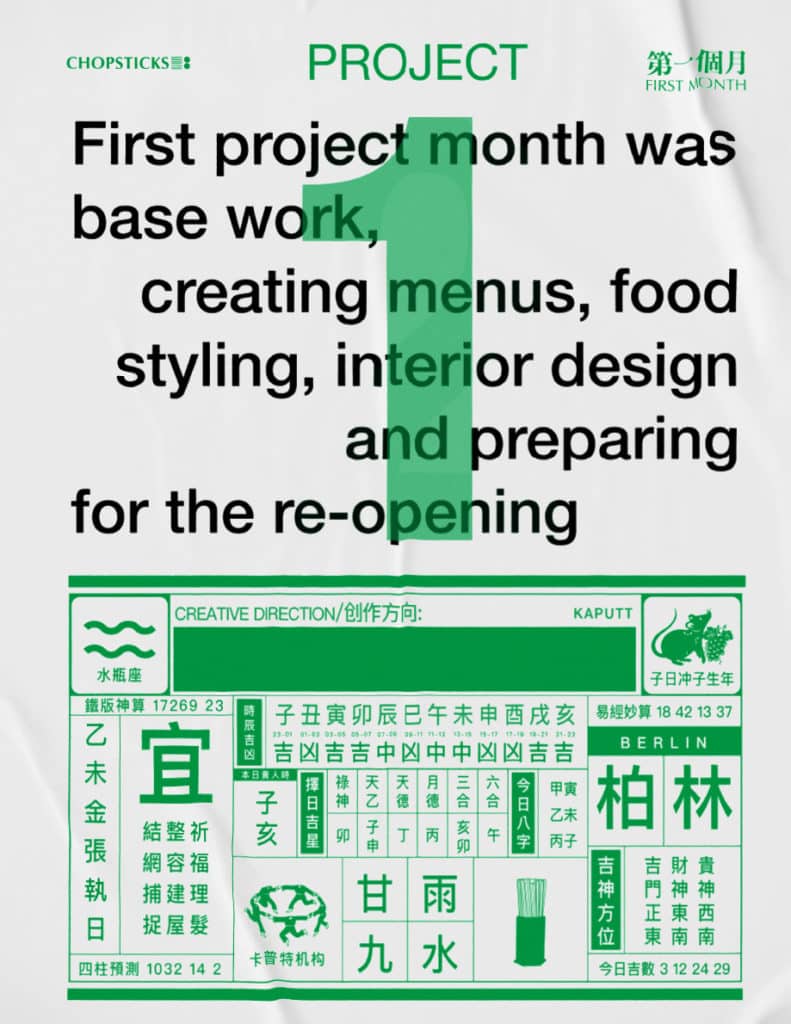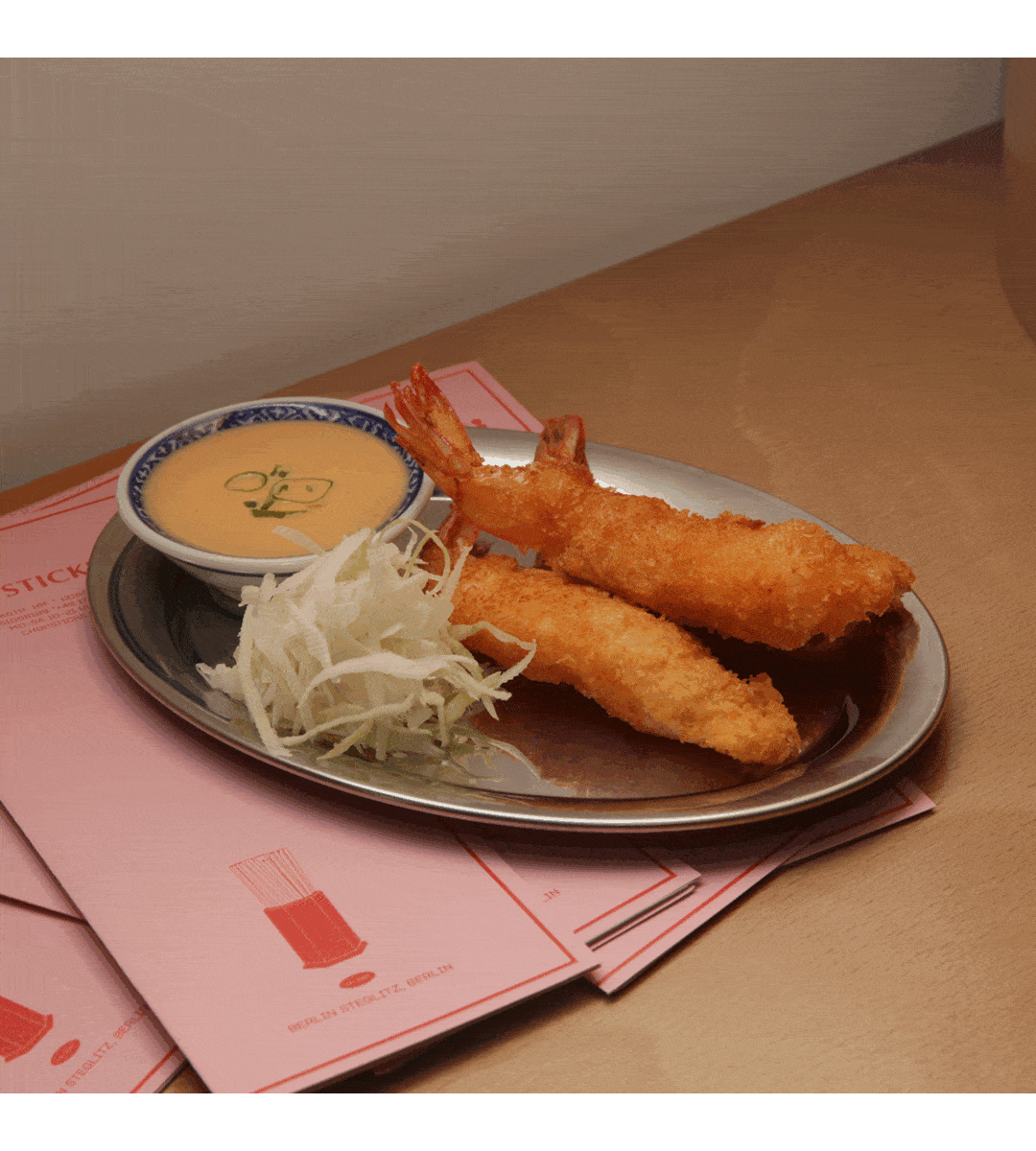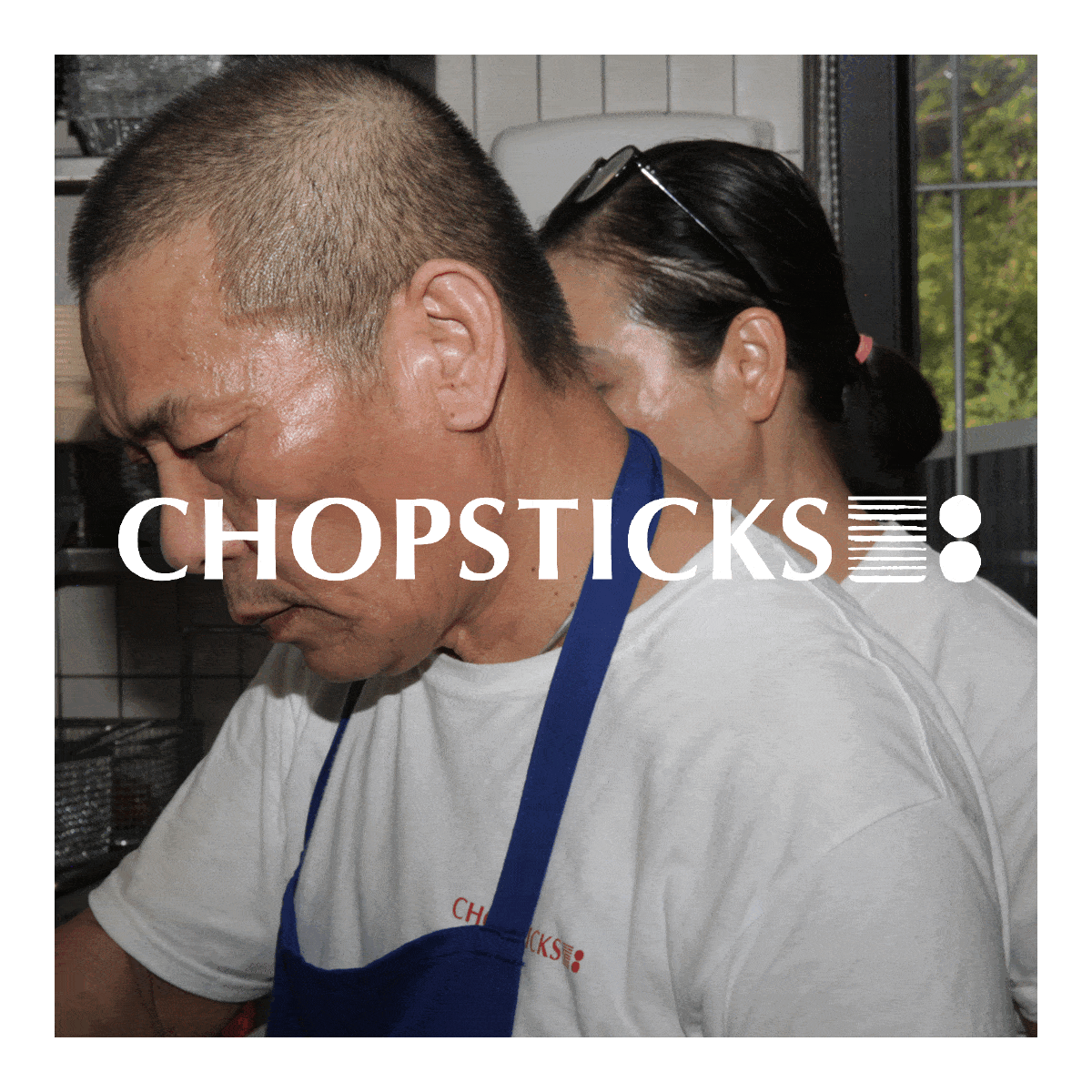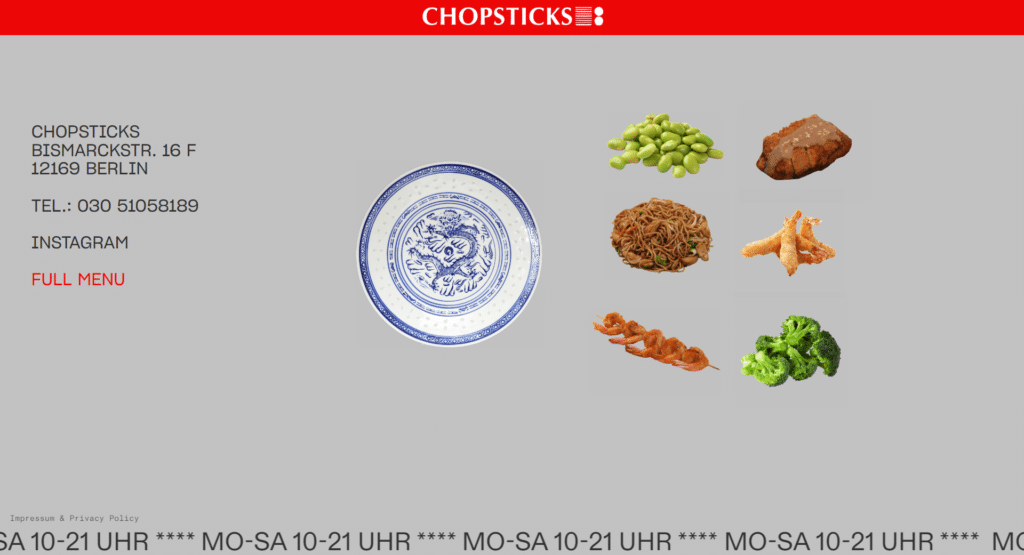THE HISTORY OF CHOPSTICKS
The classic Asian Imbiss in Germany is characterised by the forced assimilation of first-generation
Asian-Germans. Trying to get by, gastronomers had to cater to German needs, and adapt to
please their unaccustomed palates with meals like chop suey, sweet-sour duck and noodle stir-fry.
These foods became part of Asian migration history and cultural identity, and a valuable part of
food culture. But in the wake of recently newfound appreciation for “authentic” food, they are
valued even less than before. The new CHOPSTICKS is a celebration and reappreciation of the
creations of the past, cherishing them as cultural ambassadors who bridged the gap between
two distinct culinary traditions.
THE HISTORY OF CHOPSTICKS
The classic Asian Imbiss in Germany is characterised by the forced assimilation of first-generation Asian-Germans. Trying to get by, gastronomers had to cater to German needs, and adapt to please their unaccustomed palates with meals like chop suey, sweet-sour duck and noodle stir-fry. These foods became part of Asian migration history and cultural identity, and a valuable part of food culture. But in the wake of recently newfound appreciation for “authentic” food, they are
valued even less than before. The new CHOPSTICKS is a celebration and reappreciation of the creations of the past, cherishing them as cultural ambassadors who bridged the gap between two distinct culinary traditions.












